FIGURATIVE POLITICS: HOW ACTIVISTS LEAD BY EXAMPLE TO CREATE CHANGE*
Scholars and activists have recently taken particular interest in prefigurative politics, a type of action where activists embody their ideal social order in the present, pushing for change through leading by example. However, the prefigurative politics concept has had limited use in broader understandings of protest. This is because: (1) prefigurative politics became associated with leftist and antihierarchical positions; (2) prefigurative politics are conceptually limited to future-oriented movements. I propose a more encompassing understanding of this type of collective action: figurative politics. Figurative politics has two key dimensions: value-rational action and prolepsis. A sociohistorical analysis of a Depression-era agrarian organization called the Farmers' Holiday Association illustrates how this broadened concept provides unique insights into movement strategies and actions. Motivated by a catastrophic wave of farm foreclosures across the Midwest, the Holiday created pockets of an older societal form to delay or fix public foreclosure auctions.
Contributor Notes
* Direct Correspondence to Daniel Jaster, Department of Sociology, University of Texas at Austin, 305 East 23rd St., A1700, CLA 3.306, Austin, TX 78712-1086, (jaster@utexas.edu).
† I thank Michael Young, Katherine Sobering, Robyn Rap, Laura Kilian Jaster, Ori Swed, and the anonymous reviewers for their comments on previous drafts of this article, as well as the staff at the University of Iowa Special Collections and Jan Louwagie and Gage Backman of the Southwest Minnesota Regional Research Center for their help finding primary sources.

